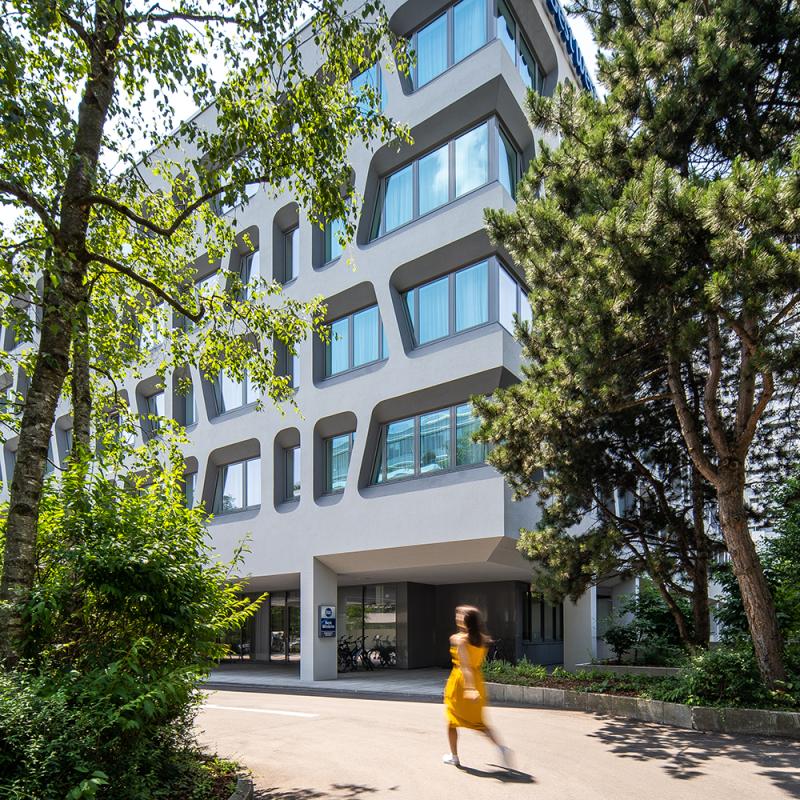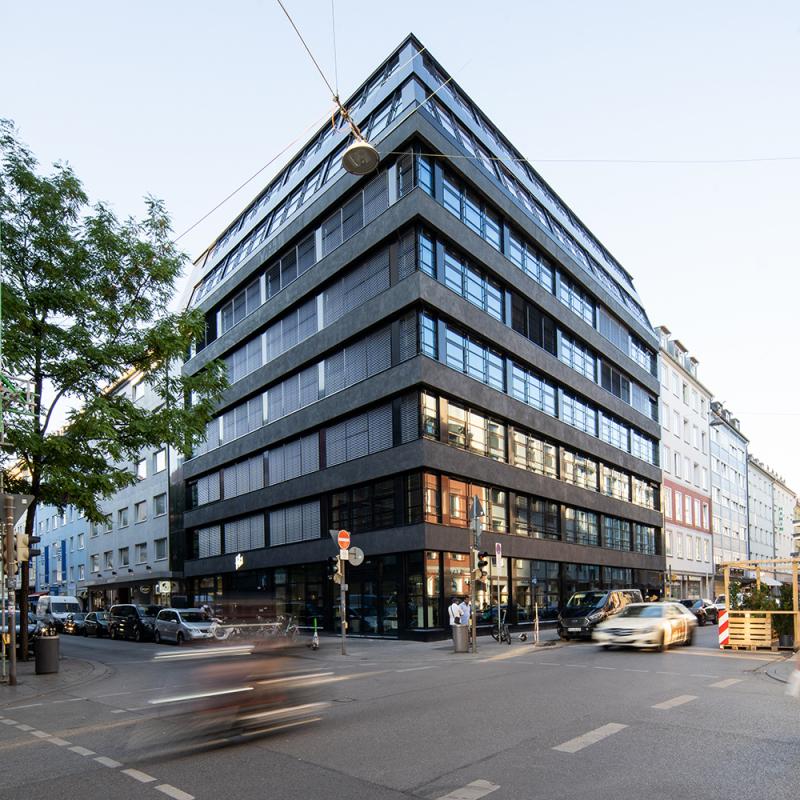Related Content

Arabellastraße: Revitalization

According to a study by Germany’s leading auditing and consulting firm PricewaterhouseCoopers (PwC), real estate investors are also starting to recognise the advantages of revitalisation. They are particularly concerned about the construction industry’s emissions, which are estimated to account for almost 40 per cent of the country’s total emissions, in addition to the higher price tag of new builds. As many as 68 per cent of real estate investors say they believe redevelopment is the best way forward. The statistics show how impactful retrofitting can be in both economic and ecological terms. By keeping a building’s basic structure, we can save around 40 per cent of the overall costs and as much as 80 to 90 per cent of the CO2 emissions. And this doesn’t count the future cost savings that come with retrofitting the building’s engineering, insulation and HVAC systems.
That is why we are calling on investors and asset owners to advocate for revitalisation of existing property complexes. Especially given the targets of last year’s Federal Climate Change Act, we need to increase the share of renovations from the current rate of around one to at least three, or better four per cent, if we want to achieve a noticeable reduction in greenhouse gas emissions in the construction industry.
Climate protection goals and the preservation of existing buildings go hand in hand – a well known fact which is also a central theme of the UN’s 2019 „Global Status Report for Building and Construction“. The UN recommends tearing down fewer buildings and to instead focus on preserving the existing building stock – a strategy that is already being implemented in several prominent projects around the world. „BUILD UPON2“, a pan-European project, for instance, wishes to kick-start a renovation revolution and demonstrate how existing buildings can be restored systematically.
Several of our current projects are demonstrating what revitalisation and redevelopment projects mean for the future of urban planning and climate change. After retrofitting and expanding a Munich office building from the 1970s, we transformed it into the state-of-the-art "FRITZ" office complex, which won the 2021 German Design Award. In Munich’s Arabella Park, our architects and consultants completely gutted the office building of a high-profile insurance company and stripped the façade back to the weight-bearing supports. For Managing Partner Timo Brehme, projects like these illustrate how existing concrete can become a currency for more sustainable, low-cost building in the future.“ By wrapping the building skeleton in a new façade and restructuring the interior layout, we usher in a new and improved stage in the building lifecycle and give the structure a new lease of life. This helps us make a contribution to the campaign against climate change, which can both be lucrative and have a positive impact on the developer’s image.” After all, more and more employers and employees are paying attention to their environmental footprint and the demand for greener properties will only increase in future. Who would have thought that the main building fabric of the last century – concrete, of all things! – could become the foundation for our climate-neutral future?
SCRIVO Public Relations
Ansprechpartner: Kai Oppel / Katja Kraus
Elvirastraße 4, Rgb.
80636 München
Tel: +49 (0)89 45 23 508-13
Fax: +49 (0)89 45 23 508-20
E-Mail: kai.oppel@scrivo-pr.de
Web: www.scrivo-pr.de
CSMM – architecture matters
Werk 3, Atelierstraße 14
81671 München
Ansprechpartnerin: Nina Eisenbrand
Tel.: +49 (0)89 960 15 99-45
Fax: +49 (0)89 960 15 99-99
marketing@cs-mm.com
www.cs-mm.com

“It’s all about the concrete: We can leverage the grey energy hidden in the building materials of existing properties through resource-saving retrofitting. A lot of buildings just need a second chance!”
Timo Brehme, Managing Partner CSMM – architecture matters